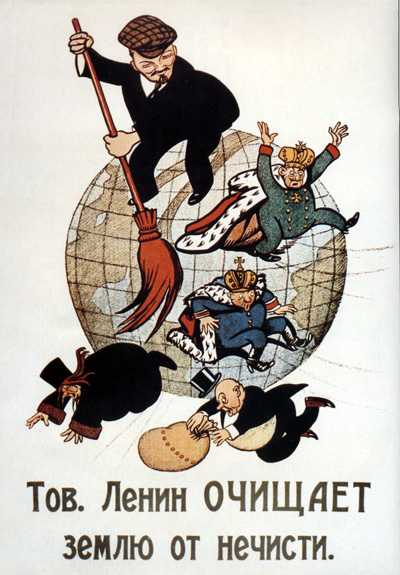this post was submitted on 22 Dec 2023
82 points (100.0% liked)
history
23025 readers
1 users here now
Welcome to c/history! History is written by the posters.
c/history is a comm for discussion about history so feel free to talk and post about articles, books, videos, events or historical figures you find interesting
Please read the Hexbear Code of Conduct and remember...we're all comrades here.
Do not post reactionary or imperialist takes (criticism is fine, but don't pull nonsense from whatever chud author is out there).
When sharing historical facts, remember to provide credible souces or citations.
Historical Disinformation will be removed

founded 5 years ago
MODERATORS
you are viewing a single comment's thread
view the rest of the comments
view the rest of the comments

maybe it's how smiths proved their competency?
I can smith to any specification you like, nothing is too complicated! Don't believe me? Just look at my
Intricate Thing!They were found in coastal Southeast Asia, but not in India/China/MENA
my inductive theory is that this was a very specific niche market borne from a Southeast Asian merchant who saw these in Europe and adopted the idea to sell them as trinkets back in SEA. The fact that they were never found anywhere else means nobody really thought about selling them. In fact there might have even been a stigma against selling them, if they were used as a test of skill, basically buying your skill instead of earning it.
The SEA ones are also often made of gold, while the European ones are made of bronze. The Europeans who had them valued them, because they were found among coins, but they were usually made of cheaper metal like bronze, which IMO strengthens the "test of skill" argument
Gold is an easier metal to work with than bronze I believe, to add to your theory
true, but I think they wanted gold because it looked pretty
i've seen this offered as a potential explanation as well as being used for textiles/sewing in some way that i can't remember
Oh, yeah the raised noduals at the corners would let you pull the fabric taunt while keeping it elevated from the surface and you can reach your hand through the hole to grab your needle (...wait, could you? How big are these things?)
They're pretty small, turns out.
small enough to poke a needle all the way through, hah! my baseless speculation still holds!
Someone was saying that they were used for knitting gloves, but someone else was saying that's not true, I forget why